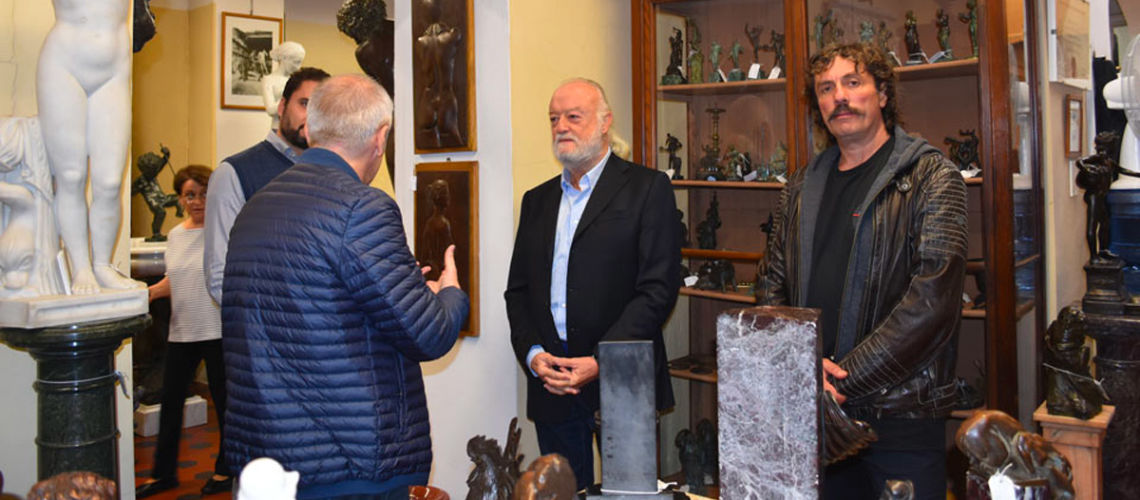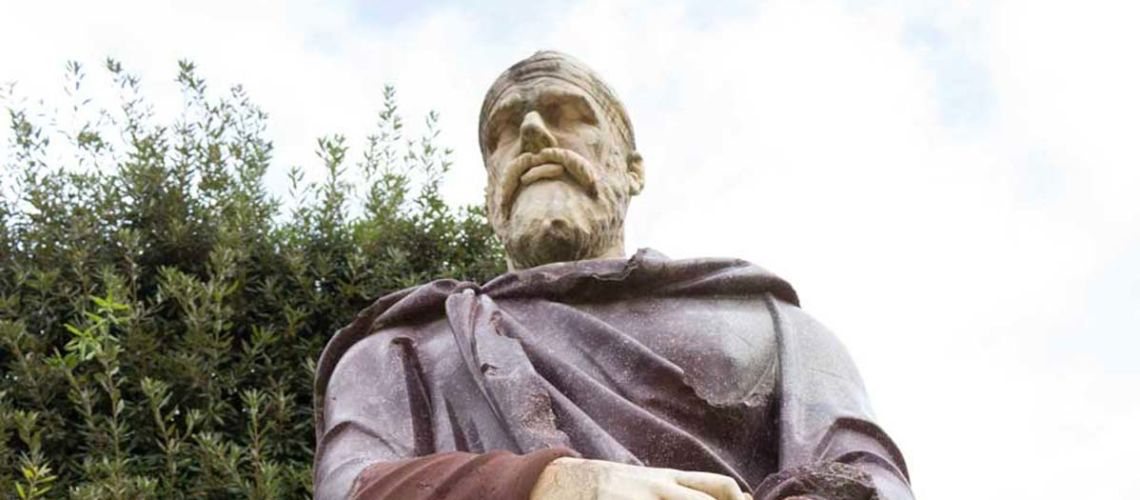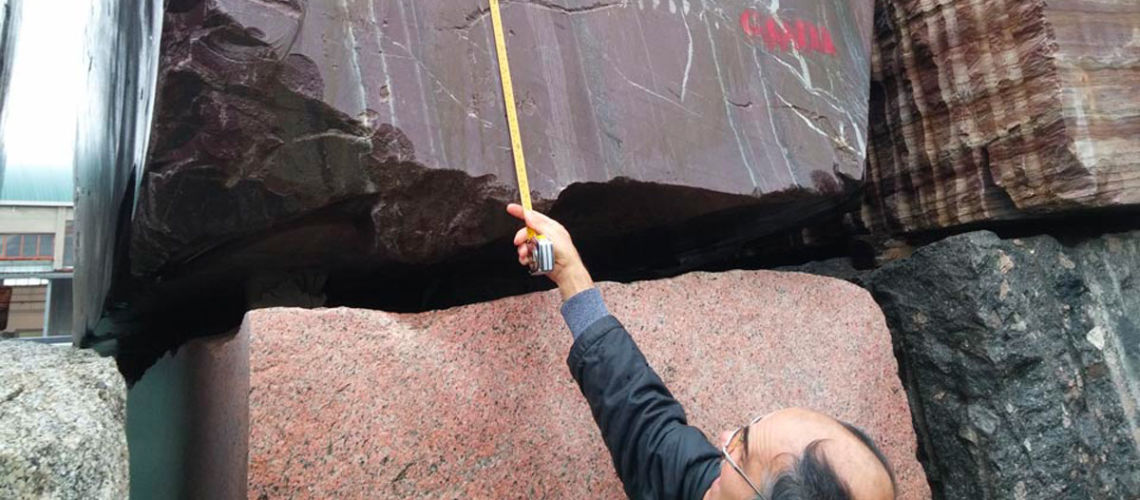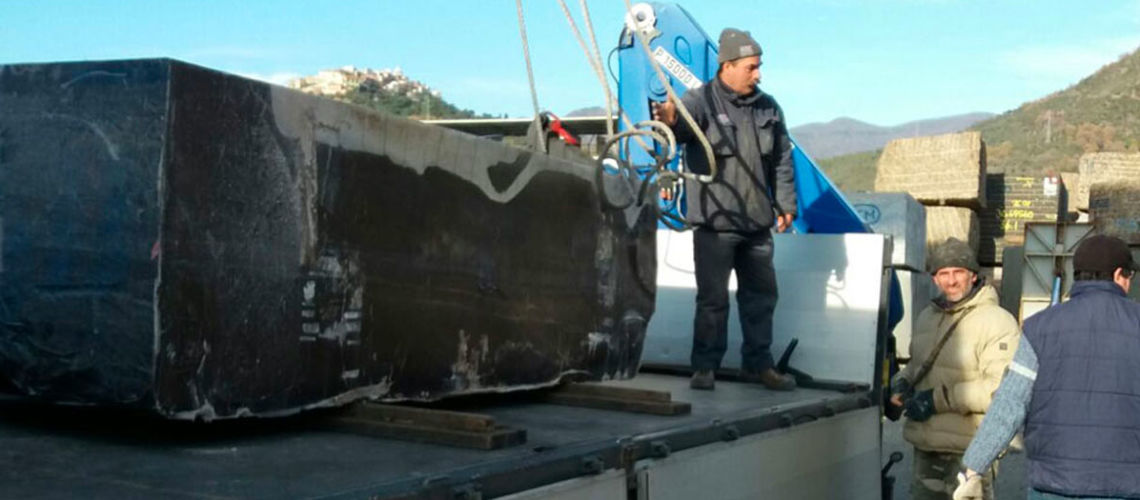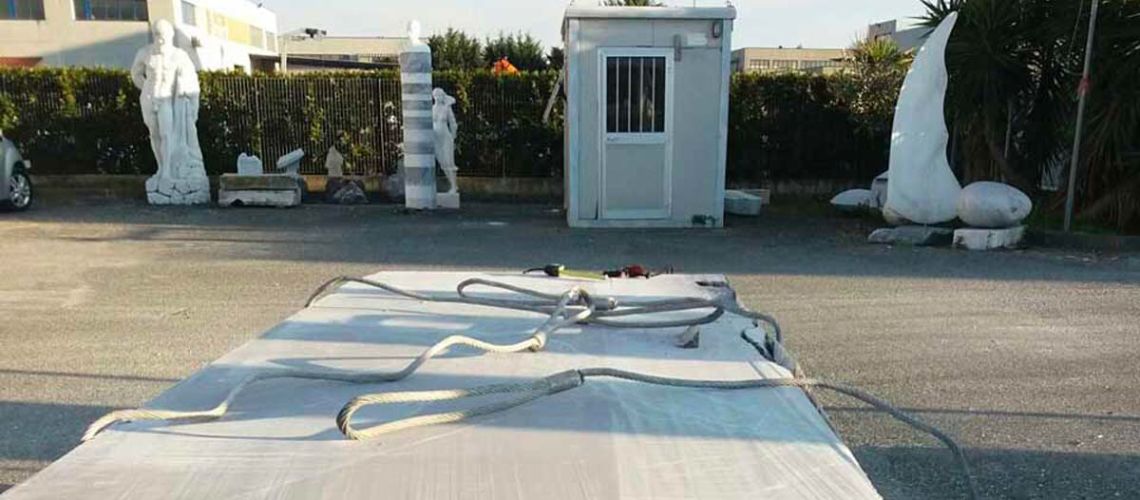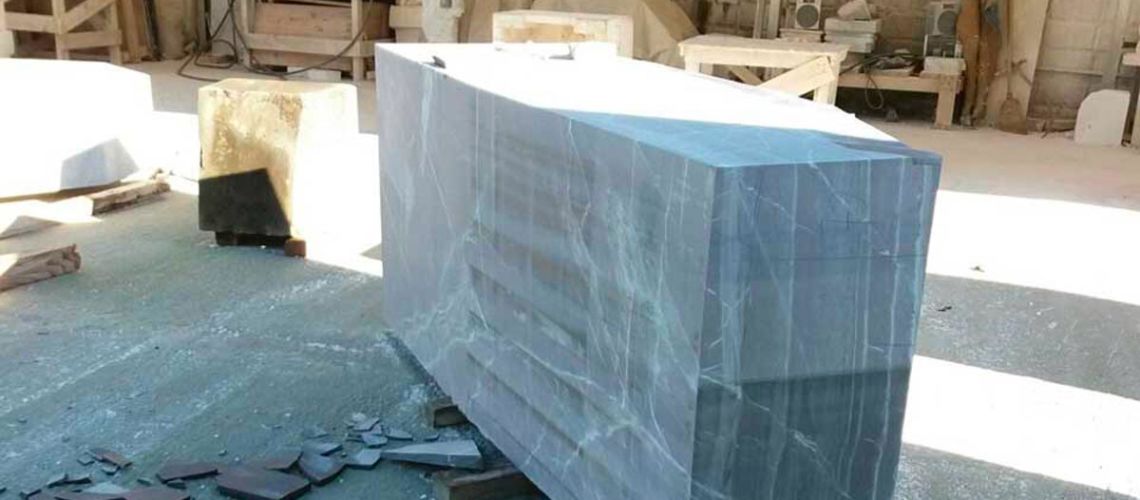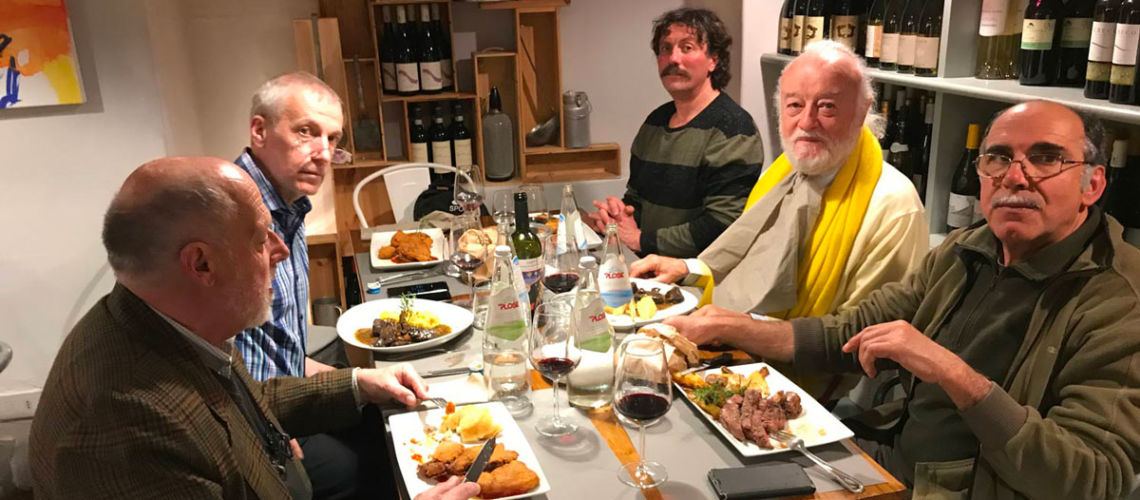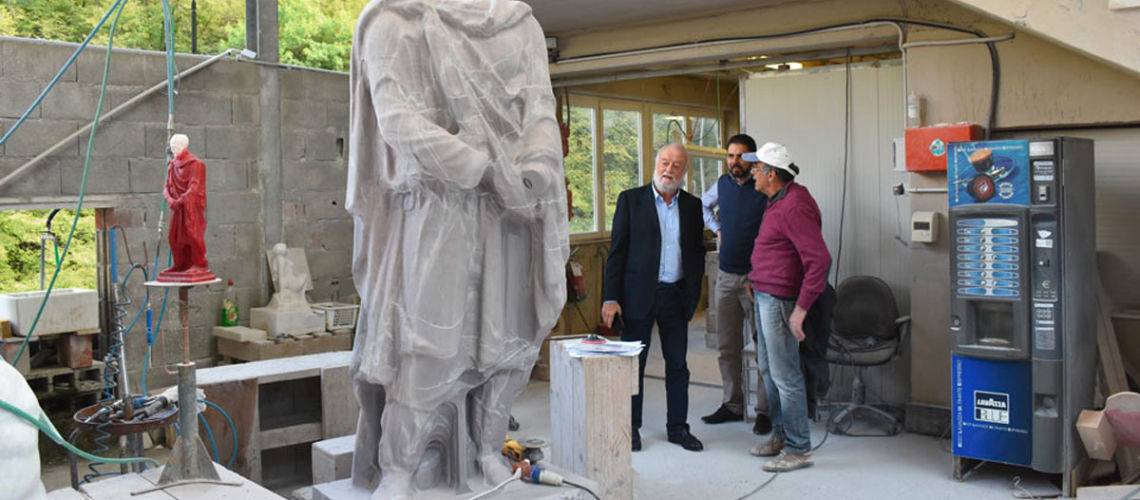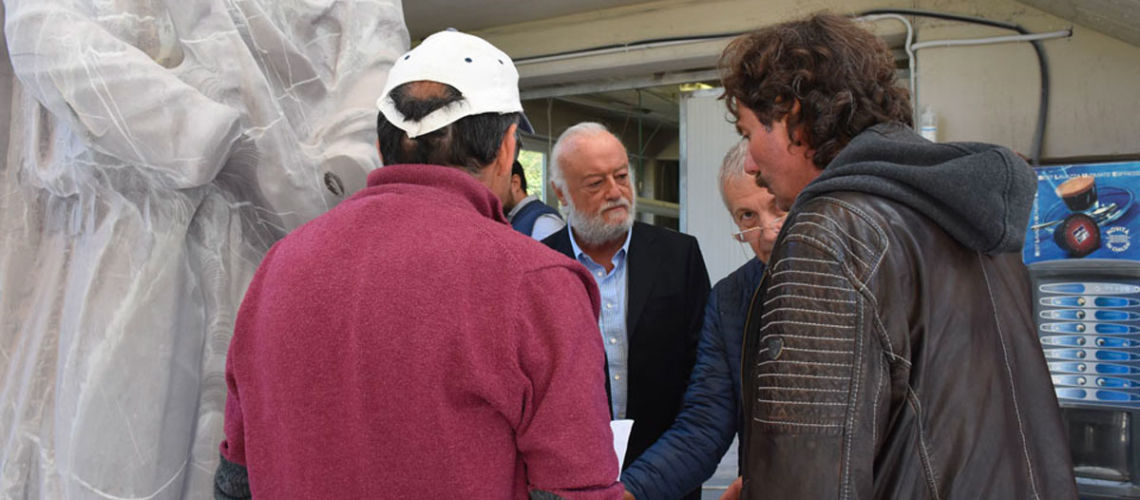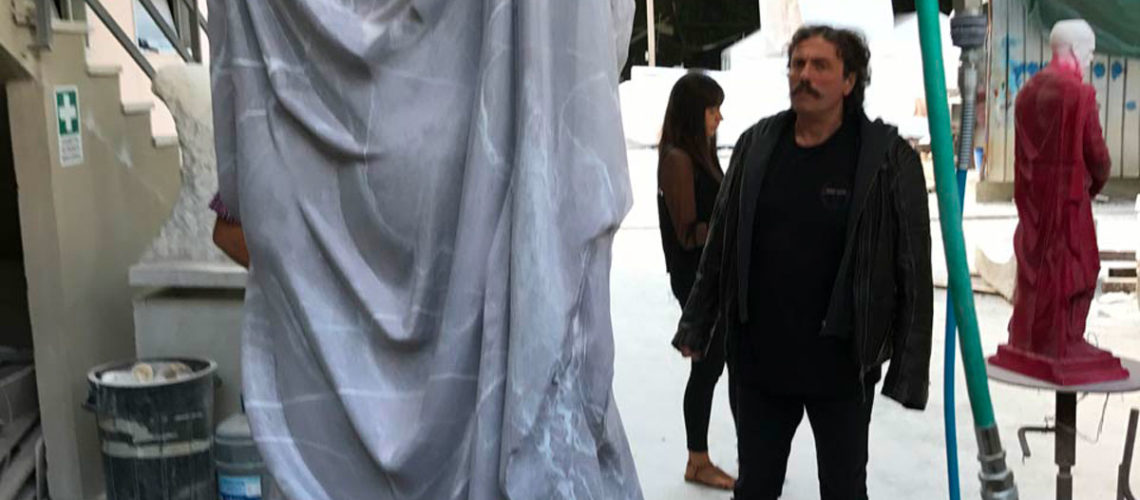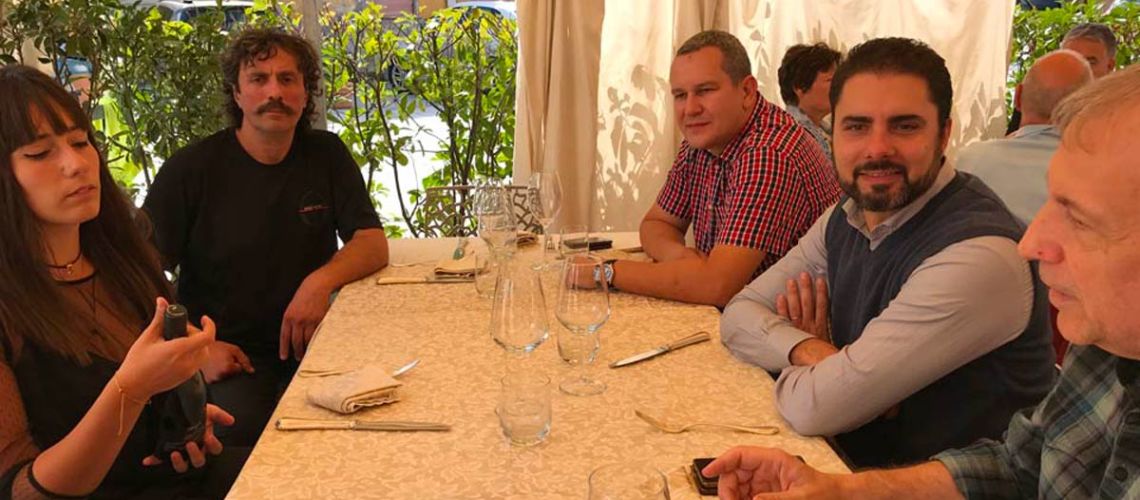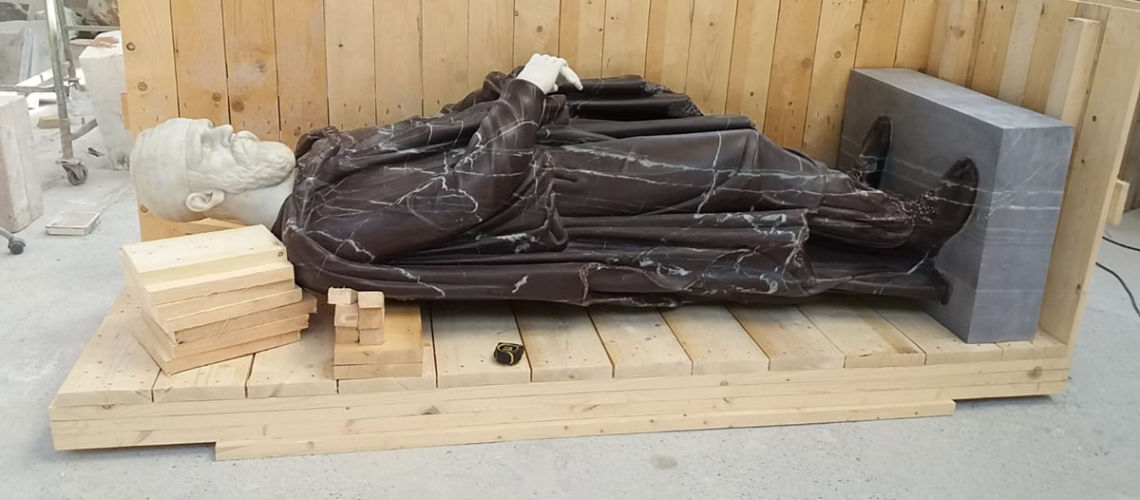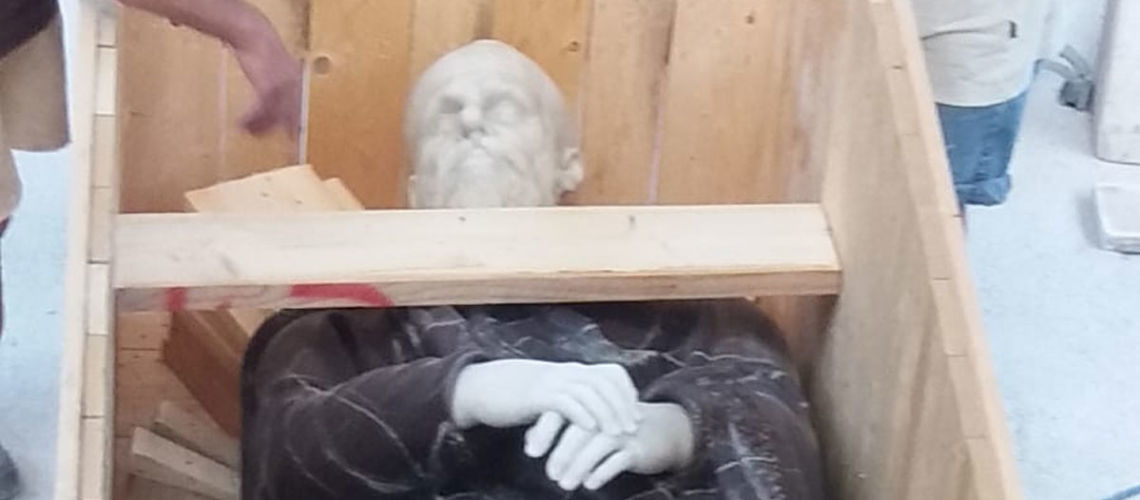The replica of the Boboli's Dace Pileatus
After a first defeat suffered at the end of the 1st century AD from the Roman army commanded by the emperor Domitian, at the beginning of the 2nd century AD the Emperor Trajan with 15 legions managed to defeat and subdue the Dacian people with his king Decebalus, annexing his territories to the Roman empire. The Dacians proved to be very strong warriors and the conquest costed many lives to the Romans, but they brought to Rome the treasure of Decebalus, that is a huge gold and silver booty, in addition to 500,000 enslaved prisoners.
The victory over the Dacians was so difficult and important that it remained for some centuries to follow: when Trajan returned, the famous Trajan Column, in which are carved the victories of the emperor over this people, was erected in Rome . And even later figures of Dacians were represented in many monuments, with the typical Phrygian cap, chained and defeated, as for example at the base of the Arch of Constantine erected two centuries later.
Some important citizens of Bucharest (Executive President of the Association of Contemporary Cultural Identity of Bucharest Florin C. Pîrlea, together with the Professor of History of Roman Art of the University of Perpignon, France and Honorary President of the Association Dr. Leonard Velcescu) came to visit us in Galleria Bazzanti to let us know the desire of the Romanian people to have a replica of one of the statues of a Dacian nobleman in original size, kept in the Boboli Gardens in Florence to be placed in a Bucharest Town Square.
After signing the agreement, the Bazzanti Sculpture Studio has accurately taken the model (it is important that the replica is very faithful) and started the complicated search for marble. A block of “Red Lagoon” was chosen, extracted from a quarry in Turkey that was sent to the Studio for the execution “ai punti” of the Opera (ancient sculpture making system that guarantees the fidelity of the carved replica).
The block has been sawn bringing it to the right size for the sculpture.
We celebrated, as a must, together with the Romanian commission the beginning of the work with a lunch in Pietrasanta, then the work progressed to reach the pre-finishing stage, again inviting the Romanian Commission to visit the work.
After the acceptance test and approval of the “magnificent finished replica”, as it was defined by them, we celebrated the success of the Opera by lunching and toasting with excellent wines from Romania in a well-known restaurant in Colonnata.
The statue is then packed waiting for the departure for Bucharest.

